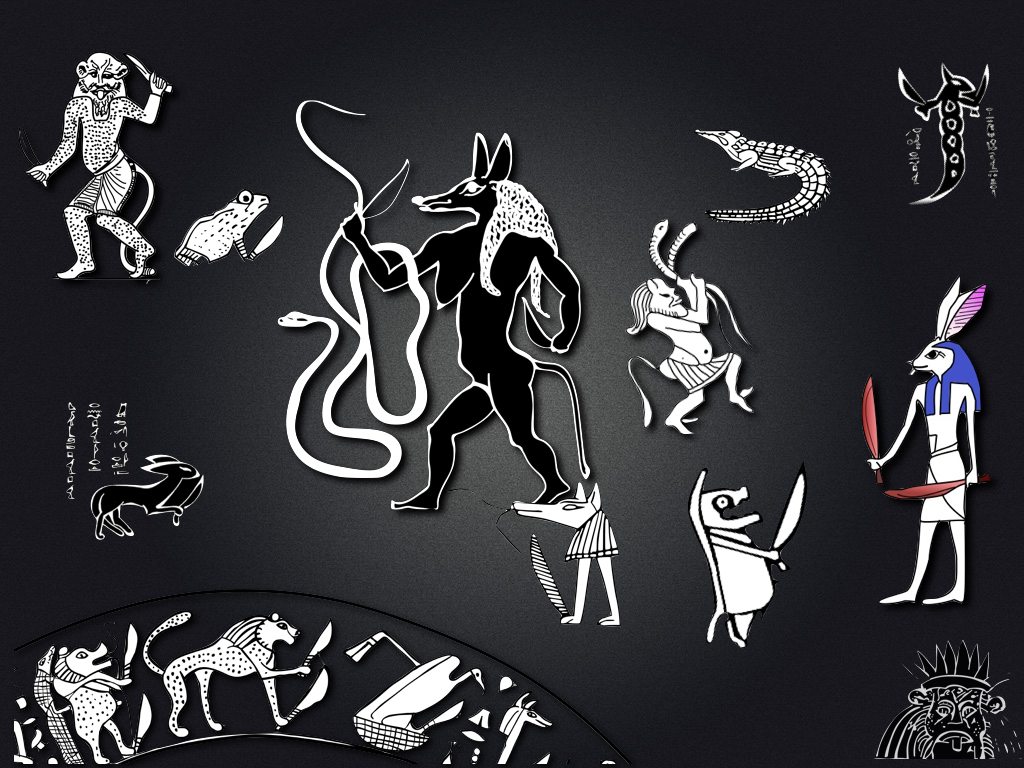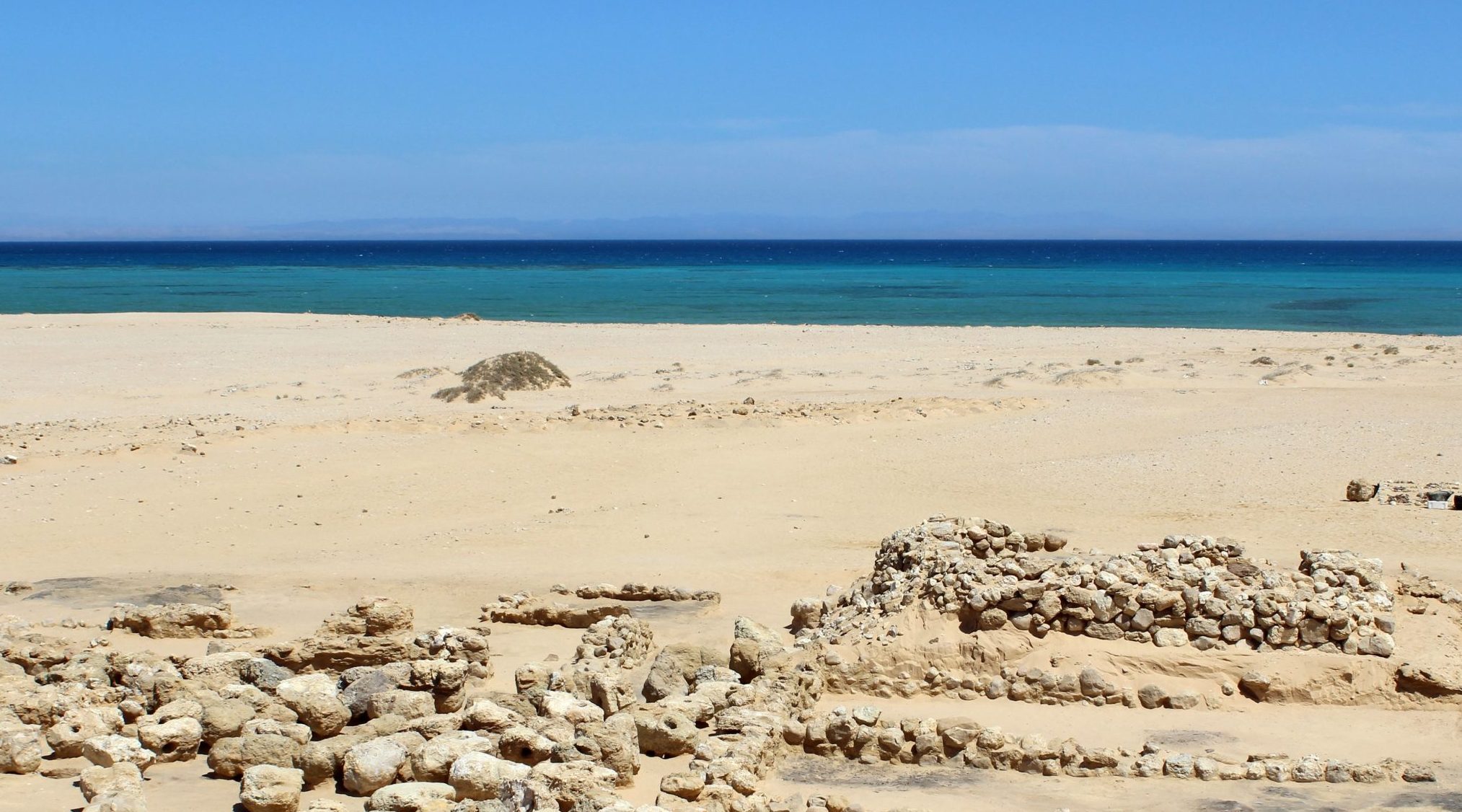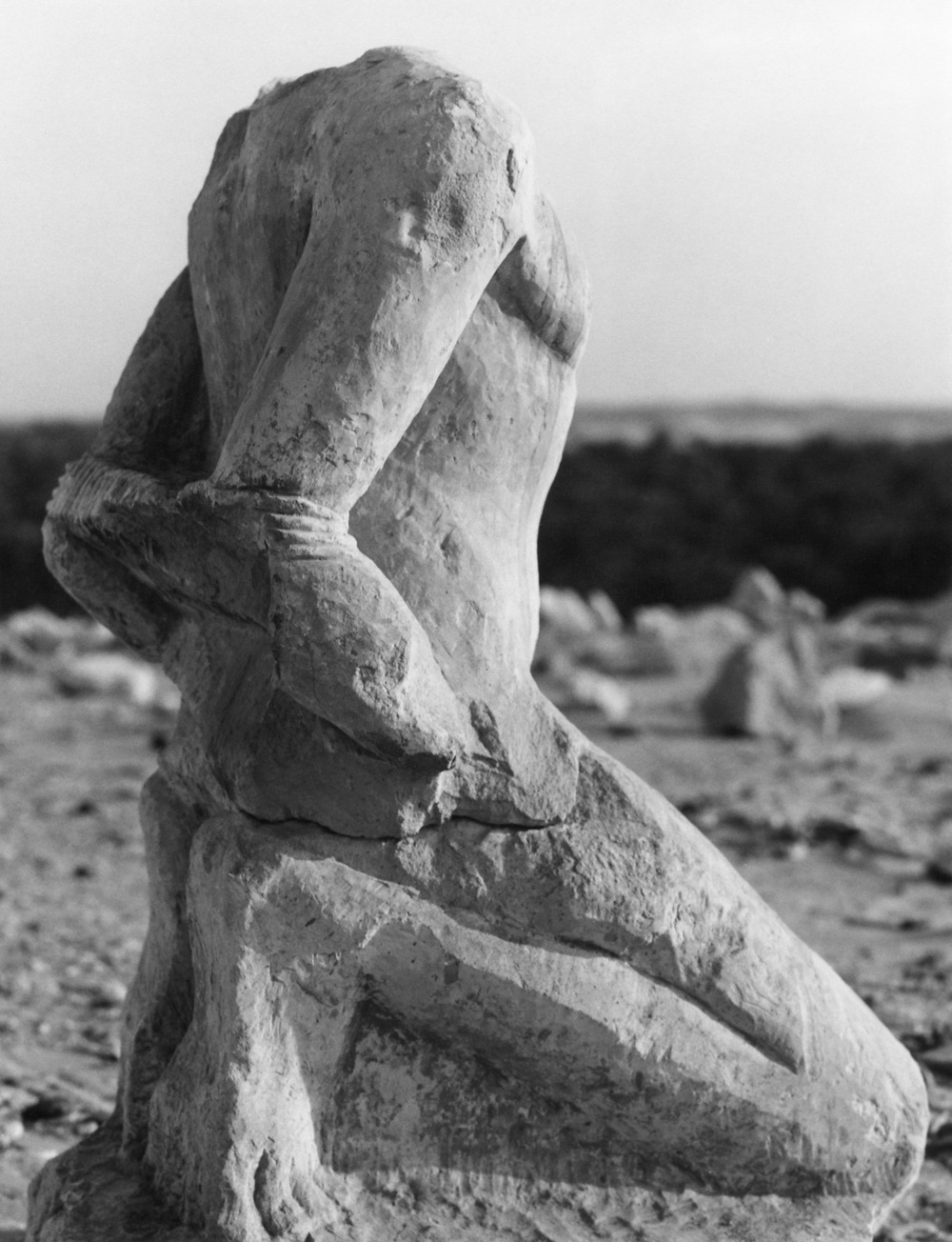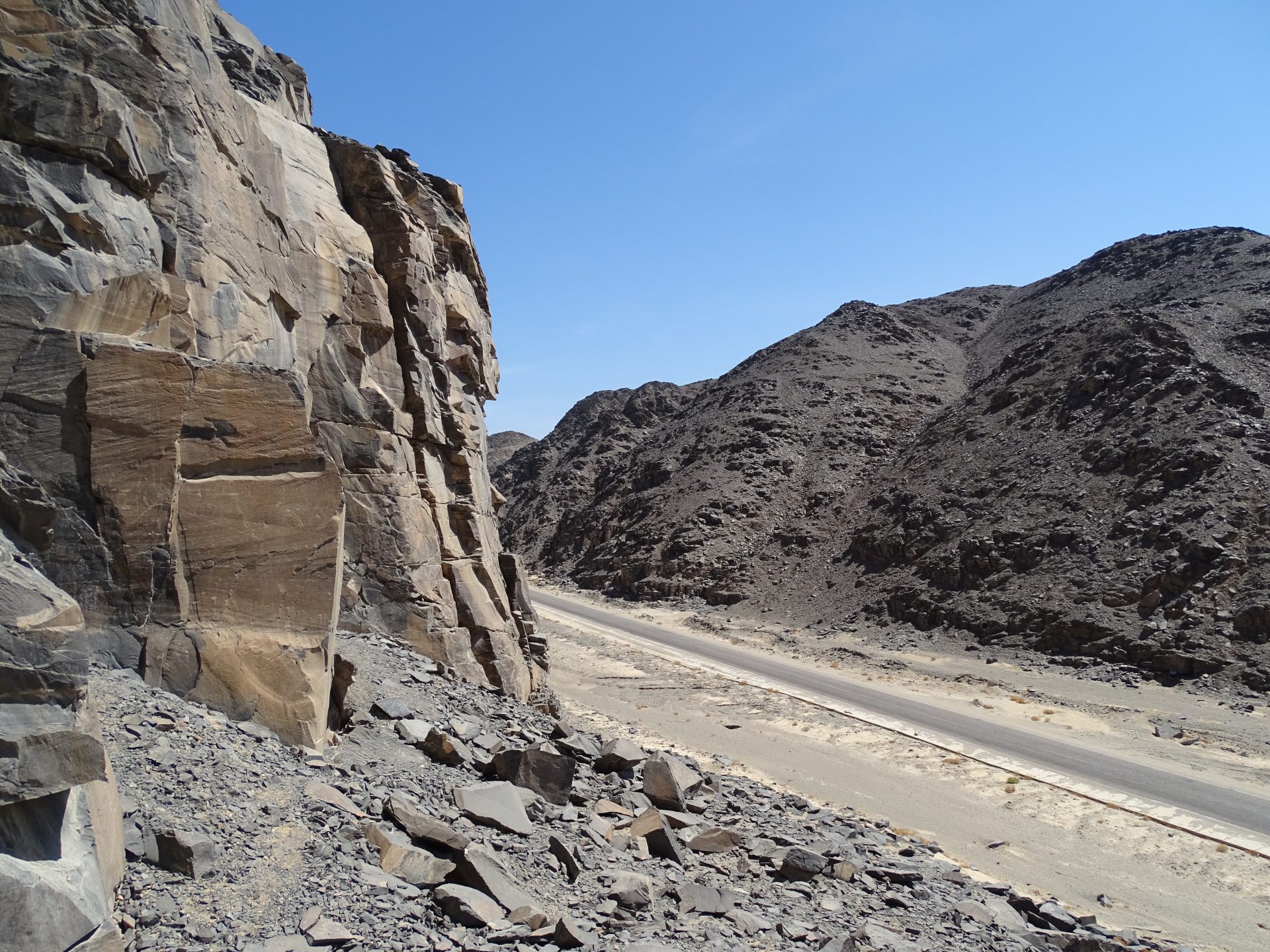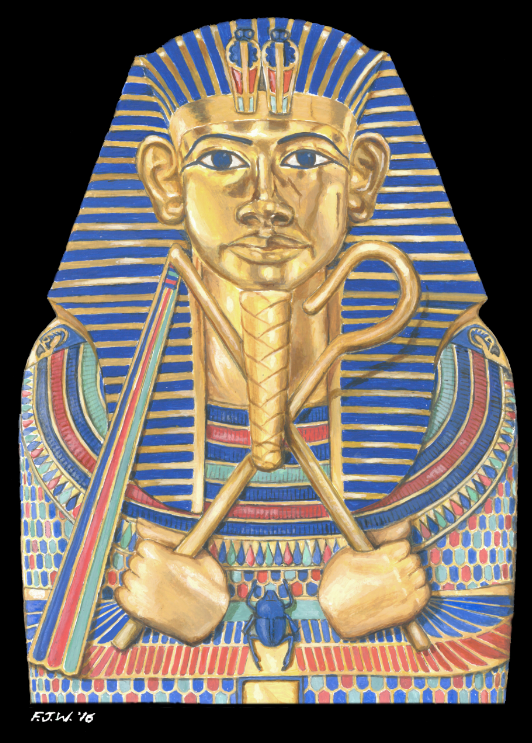Egyptology
Graduate Student Research Presentations and Q&A
Kaplan Hall 36512:00 – 1:00pm Overspecializing the Specialist: Reevaluating the Role of Producers in the Study of Technological Interconnectivity Nadia Ben-Marzouk (Archaeology) Accounting for Kingship: The Samaria Ostraca as Royal Performance Jason Price (Hebrew Bible) An Image on the Stele or a Ghost in the Shell? A Cognitive Scientific Approach to the Material "Soul" in the Levant...
DemonBase: The Imaginal Realm of Ancient Egyptian Supernatural Beings
Kaplan Hall 365This presentation provides an overview of the Ancient Egyptian Demonology Project: Second Millennium BCE, centered at Swansea University, Wales. In both the modern and ancient world, intangible entities embody and are blamed for a host of physical and psychological afflictions, as well as being called upon to aid the sufferer. These mythical beings are known...
Wadi al-Jarf, the King Khufu’s Harbor on the Red Sea Coast: Overview of the Recent Discoveries
Since 2011, a joint team of the Paris-Sorbonne University and the French Institute in Cairo (IFAO) has been excavating an exceptional harbor complex at Wadi al-Jarf along the Egyptian coast of the Red Sea. Considered now as the oldest harbor in the world, this massive installation dates back to the very beginning of the Fourth...
Applying for Jobs and Life After the Dissertation
Kaplan Hall 365Join NELC faculty Dr. Cate Bonesho, Dr. Kara Cooney, and Dr. Bill Schniedewind for a workshop and discussion of applying for jobs and life after the dissertation. Event Flyer RSVP Below:
Creative Coptic Religious Leadership: The Strategies of Mother Irini
Kaplan 365While religious leadership differs from other forms of leadership such as in the world of business and not-for-profit organisations (NGO’s), there is much overlap. For example, in religious as well as in non-religious settings, the most successful leaders are creative innovators who apply new strategies to get their message across, make it visible, and energize...
Headless Men and Shattered Bodies: The Destruction of Prisoner Statues during the Late Old Kingdom
Kaplan 365Six pharaohs of the Fifth and Sixth Dynasties erected nearly life-size statues of kneeling bound foreigners in their pyramid complexes. These unique statues, which are known as prisoner statues, have only ever been discovered in fragments. This has led scholars to question whether the statues had been intentionally broken for ritualistic reasons. However, only the...
The Arabicization of Christian Egypt: Reframing the Debate
365 Kaplan HallThe linguistic evolution of Egypt has been studied at some length, and with the invaluable evidence offered by the papyrological sources it has been possible to make very fine and detailed observations on the chronology and distribution of linguistic change. The different linguistic balance established by the Egyptian language with the two imperial languages that...
New Insights into the Inscribed Landscape of the Wadi Hammamat Quarries
243 Royce HallLocated halfway between the Nile and the shores of the Red Sea, the Wadi Hammamat is the modern name of ancient greywacke and siltstone quarries in the Eastern Desert (Egypt), exploited from the Predynastic period onwards. Known to us since the time of its first explorers, namely K. R. Lepsius and J. Burton (19th century),...
The Goddess Isis and the Kingdom of Meroe
Online Via ZoomDiscussions of the widespread appeal of the cult of Isis in antiquity often omit any mention of the Nubian priests who served the rulers of the Kingdom of Meroe (located south of Egypt in the Sudan) and the royal donations of gold that they delivered to the temple of Isis at Philae, located at Egypt’s...
The Burials of the 25th Dynasty and Napatan Kings
OnlineThe Royal tombs at Kurru and Nuri belonging to the pharaohs of the 25th Dynasty and their Napatan successors exhibit remarkable similarities to the royal tombs Tanis and other Egyptian burial practices. This presentation will explore this convergence and what were the motivations behind them. Peter Lacovara (B.A. 1976, Boston University; Ph.D. 1993 The Oriental...



